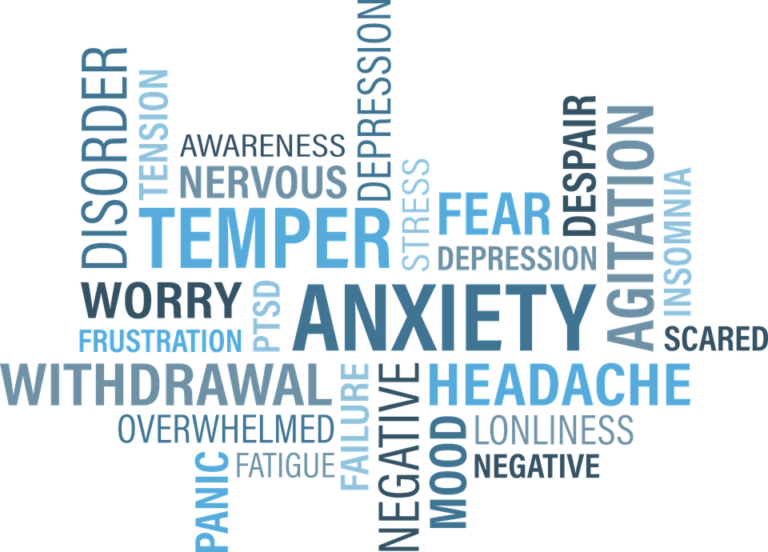Book Appointment Now

Ethical Decision-Making in End-of-Life Care
Ethical decision-making in end-of-life care presents healthcare providers with complex challenges, as they work to balance respect for patient autonomy, the principle of beneficence, and the commitment to non-maleficence. When patients approach the end of life, decisions about life-sustaining treatments, comfort measures, and quality of life become central. Healthcare professionals must navigate these choices carefully, ensuring that patients’ wishes are honored while minimizing suffering and avoiding unnecessary interventions. Understanding and applying these ethical principles helps providers offer compassionate, patient-centered care that respects the deeply personal nature of end-of-life decisions.
Get a custom nursing essay help about Ethical decision-making in end-of-life
Order Custom Nursing Paper
Core Ethical Principles in End-of-Life Care
Ethical decision-making in healthcare is guided by several ethical principles, three of which are especially relevant in end-of-life care:
- Autonomy: This principle upholds a patient’s right to make their own healthcare decisions. In end-of-life care, autonomy means respecting patients’ wishes regarding their treatment and allowing them control over decisions that affect their quality of life, including the right to refuse life-sustaining interventions.
- Beneficence: Beneficence requires healthcare providers to act in the patient’s best interest, promoting well-being and minimizing suffering. In end-of-life care, beneficence is often interpreted as prioritizing comfort and emotional support, ensuring that the patient’s remaining time is as fulfilling and pain-free as possible.
- Non-Maleficence: Often summarized as “do no harm,” non-maleficence emphasizes avoiding actions that may cause unnecessary suffering or harm. For end-of-life care, this may mean avoiding aggressive treatments that offer limited benefit and may worsen the patient’s quality of life.
Ethical Challenges in End-of-Life Care Decision-Making
Balancing these principles in end-of-life care can be ethically challenging, particularly in cases where patient autonomy conflicts with beneficence or non-maleficence. Healthcare providers must weigh each principle carefully, recognizing that the “right” course of action is often complex and deeply personal.
1. Respecting Patient Autonomy in End-of-Life Decisions
Patients have the right to refuse treatments, even if those treatments might prolong life. In end-of-life care, respecting autonomy means honoring patient preferences regarding life-prolonging measures, such as mechanical ventilation or resuscitation. Providers may face ethical dilemmas if they believe that discontinuing treatment is not in the patient’s best interest, but overriding the patient’s wishes would violate their right to autonomy.
Example: A patient with terminal cancer may choose to refuse chemotherapy to avoid its side effects, focusing instead on quality of life. The healthcare team may believe that additional treatments could extend the patient’s life, but they must respect the patient’s decision, even if they disagree with it.
2. Applying Beneficence to Minimize Suffering
Beneficence in end-of-life care often focuses on comfort, emotional support, and alleviation of suffering. This may mean prioritizing palliative care or hospice services, which emphasize symptom management and quality of life over curative treatments. Healthcare providers are tasked with ensuring that patients experience minimal physical and emotional distress, even as they respect the natural progression of illness.
Example: A patient in severe pain from a terminal illness may benefit from higher doses of pain medication, even if it could potentially hasten death as a side effect. Here, beneficence supports the use of pain management interventions to prioritize patient comfort, within ethical and legal bounds.
3. Avoiding Harm through Non-Maleficence
Non-maleficence reminds healthcare providers to avoid interventions that may cause unnecessary suffering or prolong discomfort without meaningful benefit. At the end of life, this often involves limiting invasive procedures or treatments that may extend life but compromise quality. Non-maleficence may require providers to discuss options with patients and families, explaining the potential downsides of aggressive treatments.
Example: If a patient’s condition is rapidly deteriorating and unlikely to improve, a healthcare provider might recommend against starting an intensive intervention like dialysis, which could cause significant physical strain without likely benefit. Instead, they may suggest comfort measures, prioritizing non-maleficence by preventing unnecessary suffering.
Finding a Balance: Key Considerations in Ethical End-of-Life Care
Balancing autonomy, beneficence, and non-maleficence requires careful consideration and sensitivity to each patient’s unique circumstances, values, and family dynamics. Here are some practical considerations for healthcare providers:
- Communication and Shared Decision-Making: Open, honest communication with patients and families is essential. Providers should engage patients in shared decision-making, ensuring they understand the risks, benefits, and likely outcomes of their options. This approach respects autonomy and allows for decisions that align with the patient’s values.
- Patient and Family Support: Patients at the end of life often experience emotional and psychological challenges, as do their families. Providing counseling, emotional support, and clear guidance on what to expect can help patients and families make informed decisions in line with their beliefs and preferences.
- Use of Advanced Directives: Encouraging patients to document their preferences in advance, such as through living wills or Do Not Resuscitate (DNR) orders, can provide clarity and prevent ethical conflicts. Advance directives uphold autonomy and provide guidance to the healthcare team in respecting patient wishes.
- Palliative and Hospice Care: In many cases, the best way to honor beneficence and non-maleficence is through palliative and hospice care, which prioritize comfort, dignity, and quality of life over curative measures. These services align with a compassionate approach to end-of-life care and can alleviate ethical dilemmas around aggressive treatments.
Case Example: Navigating Ethical Principles in End-of-Life Care
Consider a scenario where an elderly patient with advanced heart disease decides to discontinue aggressive treatment and request palliative care. The healthcare provider, who knows that a new treatment option might extend the patient’s life, faces a dilemma. Balancing the ethical principles:
- Autonomy: The patient’s right to refuse further treatment must be respected, especially if they prioritize quality of life over longevity.
- Beneficence: The provider can act in the patient’s best interest by supporting comfort care measures that reduce pain and suffering.
- Non-Maleficence: Avoiding the recommended aggressive treatment aligns with non-maleficence, as it prevents potential harm and discomfort that may not significantly improve the patient’s quality of life.
In this case, respecting autonomy while focusing on beneficence and non-maleficence guides the healthcare provider to support palliative care as a compassionate, ethically sound approach.
The Benefits of Ethical End-of-Life Decision-Making
When providers navigate end-of-life care with ethical clarity and sensitivity, the benefits extend beyond individual patient outcomes. Ethical decision-making in end-of-life care:
- Enhances Patient Dignity: By honoring patients’ choices and focusing on comfort, providers uphold dignity in the final stages of life.
- Builds Trust with Families: Families are more likely to feel confident in the healthcare team’s care approach when ethical principles are prioritized.
- Improves Quality of Care: Ethical decision-making aligns care with patient values and goals, leading to a more personalized and humane healthcare experience.
- Reduces Moral Distress for Providers: When healthcare providers have a clear ethical framework, they experience less moral distress, particularly in high-stakes decisions.
Ethical decision-making in end-of-life care is a delicate balance of respecting autonomy, acting with beneficence, and adhering to non-maleficence. Healthcare providers must navigate each case with compassion, integrity, and respect for patient wishes, recognizing the deeply personal nature of end-of-life choices. By fostering open communication, providing compassionate support, and upholding ethical principles, healthcare providers can ensure that end-of-life care honors patient dignity, minimizes suffering, and provides an environment of respect and peace.
Related:







